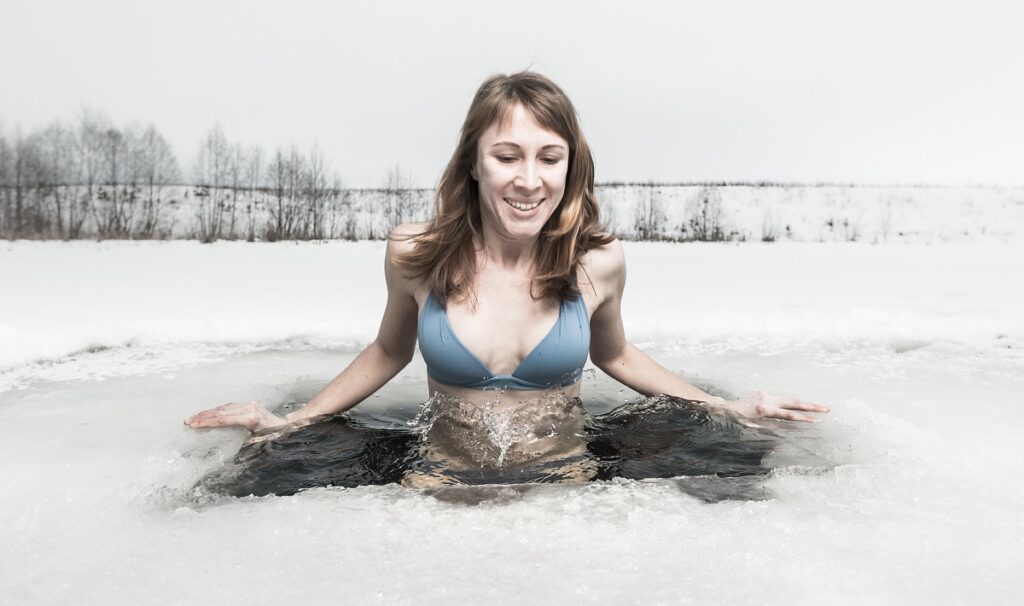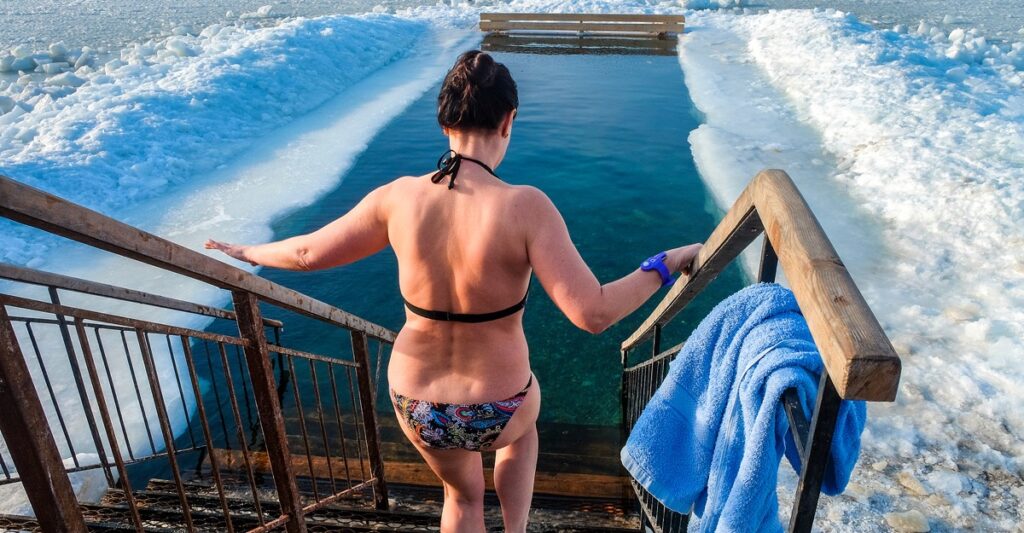Cold plunging, or immersing oneself in cold water for a short period, has gained popularity for its purported benefits, such as improved circulation, reduced inflammation, and boosted mental clarity. While many people enjoy these benefits, there are certain situations when cold plunging might not be the best idea, and stopping or pausing the practice becomes necessary. Knowing when to stop cold plunging is essential to avoid potential risks or health complications. Below are some key signs that you should stop cold plunging:
1. Persistent Shivering After the Plunge
Shivering is a natural bodily response to cold exposure, helping you maintain body heat. However, if shivering persists long after you’ve exited the cold water, it may indicate that your body is struggling to regulate its temperature. In such cases, it’s important to warm up gradually and refrain from cold plunging until your body can handle the shock better.
What to do: Warm yourself with blankets or warm drinks, and avoid plunging again until your body has recovered fully.
2. Prolonged Numbness or Tingling
It is normal to feel cold and slightly numb during and immediately after a cold plunge, but prolonged numbness or tingling, especially in the hands, feet, or face, can be a red flag. This could indicate that your extremities aren’t receiving enough blood flow, which may lead to frostbite or nerve damage over time.
What to do: If numbness lasts more than 10–15 minutes after the plunge, consult a healthcare professional and stop cold plunging until further advice is given.
3. Difficulty Breathing
Cold water shock can cause your body to go into an automatic “gasp” reflex, making it hard to breathe. This is a typical initial reaction, but if you continue to experience difficulty breathing or shortness of breath during or after cold plunging, it may be time to stop. This can indicate that the cold is too much for your body to handle and could lead to more serious issues like hypothermia or heart problems.
What to do: Exit the water immediately if you feel your breathing becoming irregular and allow yourself to warm up fully before considering another session.
4. Chest Pain or Heart Palpitations
For individuals with pre-existing heart conditions, cold plunging can be risky. Cold exposure can constrict blood vessels, increasing heart rate and blood pressure. If you experience chest pain, heart palpitations, or feel lightheaded during or after a cold plunge, this is a serious sign that your heart is under strain.
What to do: Seek medical attention immediately, and discontinue cold plunging until your doctor clears you for such activities.
5. Confusion or Disorientation
Cold plunging can sometimes affect your cognitive abilities. Feeling dizzy or confused after a cold plunge could indicate the onset of hypothermia or reduced oxygen levels in your brain due to vasoconstriction. If you find it difficult to focus or feel disoriented, you need to stop the practice immediately.
What to do: Move to a warm environment and hydrate yourself. If confusion persists, consult a healthcare provider.
6. Bluish Skin (Cyanosis)
Cyanosis, or bluish skin, is a clear sign that your body is not getting enough oxygen. This can happen when your blood vessels constrict in response to the cold, limiting oxygen-rich blood flow to your skin. If you notice your skin turning blue, especially in the lips, fingers, or toes, it’s time to stop cold plunging.
What to do: Focus on warming up gradually with a blanket or warm clothing. If the bluish tint persists, seek medical attention.
7. You’re Not Acclimating Over Time
If you’re new to cold plunging, your body needs time to adapt to the cold. However, if after multiple sessions, you still feel extreme discomfort, and your body isn’t adjusting to the cold exposure, it may be an indication that cold plunging isn’t suitable for you.
What to do: Take a break from cold plunging and consider trying other forms of recovery and therapy, like contrast therapy (alternating hot and cold baths) or warm baths for relaxation.
8. Fainting or Dizziness
Fainting or feeling dizzy during or immediately after a cold plunge could signal that your body is experiencing shock. This may happen if your blood pressure drops too low or your body is unable to cope with the rapid change in temperature.
What to do: If you feel faint, lie down in a warm place with your feet elevated to restore circulation. Stop cold plunging until you’ve spoken to a healthcare professional.
9. You Have a Cold or Weakened Immune System
Cold plunging can be a stressor on your body, and if your immune system is already compromised due to illness or fatigue, cold exposure may exacerbate symptoms or delay recovery. If you’re feeling run down, it’s best to avoid cold plunging to give your body time to heal.
What to do: Focus on rest and recovery until you’re back to full health, and then reintroduce cold plunging gradually.
10. You’re Not Enjoying It Anymore
While cold plunging is often promoted for its mental health benefits, if you start to dread the process, it may no longer be beneficial. It’s important to listen to your body and mind. If the practice is causing more stress than relaxation, it might be time to step back.
What to do: Take a break and consider exploring other wellness practices like yoga, meditation, or breathing exercises to manage stress.


